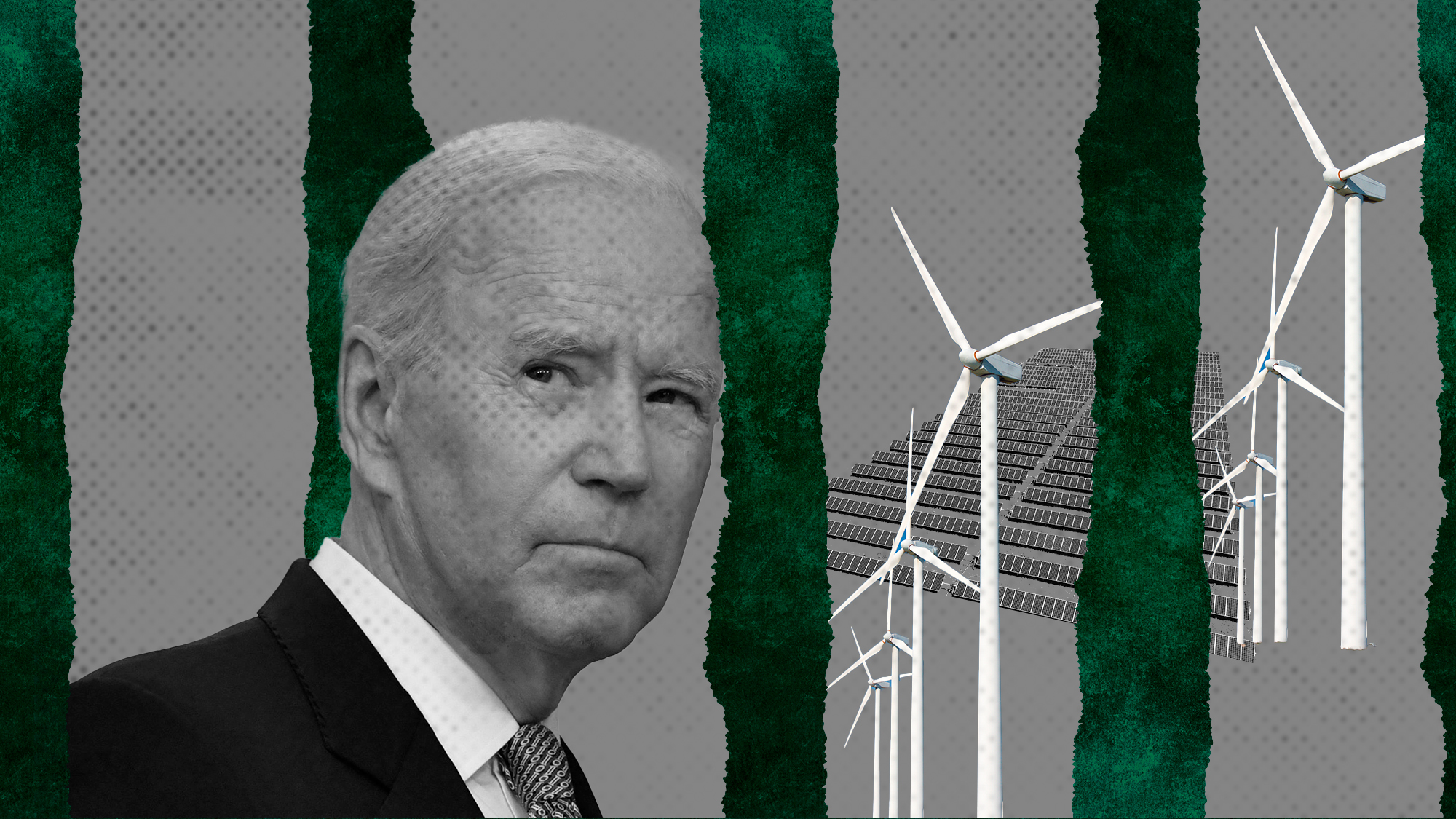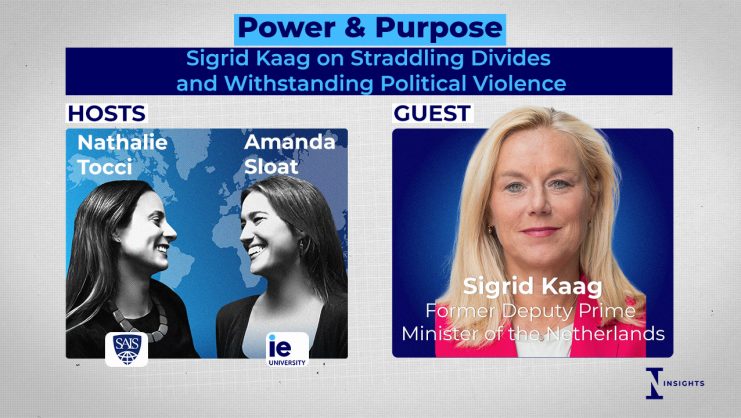The Global Energy Transition from non-renewable, carbon-emitting sources to decarbonized, renewable sources has already begun, with governments across the world implementing legislation to best position themselves for the transition. These national strategies are increasingly encouraging the use and development of renewable energy, as well as the reduction of carbon emissions. Despite these advancements at the national level, the transition to Net-Zero will undoubtedly require international collaboration and alignment to reach climate goals in a cost-effective and timely manner.
The Inflation Reduction Act
The Inflation Reduction Act (IRA) is one of the recent policies amongst a string of American trade policies which seeks to transform US industry and increase global competitiveness at the cost of protectionism. It is a $500 billion package of clean energy, climate mitigation and resilience, agriculture, and conservation-related tax incentives and investment. Upon signing the law, President Biden proclaimed, “Today offers proof that the soul of America is vibrant. The future of America is bright, and the promise of America is real.” Supporters of the industrial policy champion how it encourages domestic production of strategic technologies and the green energy transition. The IRA will bring down the cost of clean technologies, accelerate renewable energy uptake and development, support state efforts for electrification and energy efficiency, incentivize EVs, build charging infrastructure, and support greenhouse gas reduction programs – among other things. The legislation allocates funding towards communities concerned with environmental justice, which is another key component that is welcomed by supporters.
Critics, however, cite the IRA’s conspicuous protectionist elements. The IRA (as well as the 2022 Chips and Science Act) creates an unlevel playing field for trade by providing a clear cost advantage to firms based in the United States. Such policy actively undermines the WTO’s multilateral agenda, establishing clear non-tariff barriers to trade and violating the most-favored-nation principle. America’s shift away from the Washington Consensus and multilateralism signals to the rest of the world that the global power is prioritizing domestic security and resilience. This “America First” ideology has triggered protectionist policy responses in China and Europe, undermining the energy transition in the Global South and potentially worsening global environmental impacts.
China: An Indispensable Vulnerability
Despite its apparent economic and trade implications, the IRA’s underlying driving force is arguably geopolitical; namely, the rise of China. The era of global free markets has given rise to the United States’ greatest competition. China has eradicated extreme poverty and grown its GDP by an average of 9 percent year-on-year since its 1978 reforms. Today, the country is the second-largest economy in the world, the world’s largest exporter, and an increasingly active geopolitical actor. China represents an existential threat to US hegemony, and even the existing neoliberal world order. However, the competition between the US and China is complex. As its largest trading partner, the US is intrinsically tied to China, through interwoven manufacturing supply chains.
Unfortunately for the US, China, following the success of the 2015 Made in China plan, is not only ahead in the energy transition but also has a near-monopoly in the manufacture of certain green energy products. The scale of China’s dominance is exemplified by the case of solar panels. The International Energy Agency (IEA) estimates that 85% of solar cell production capacity is in China, compared to only 0.6% in the US. Considering batteries more broadly, the IEA believes China currently manufactures 75% of all lithium-ion batteries, a key component of all green-energy infrastructure. They also manufacture most electric cars and hand-held electric items such as mobile phones. China also dominates in the processing and extraction of key raw materials and rare earths; critical to the production of strategic technologies and products needed for the energy transition. China continues to lead the world on green energy investments, even after the passing of the IRA. In 2022, the country spent $546 billion on investments including solar, wind and hydroelectricity, expanding battery manufacturing capacity and increasing electric car production.
China’s clear advantage in the green energy technology sector, coupled with the entrenched US-China trade dependence puts the US in a difficult position. The interdependency between China and the US, long viewed as a source of economic prosperity, is now seen as an economic vulnerability. Today, the US strategy as outlined by Biden’s top security advisor, Jake Sullivan, has been to de-risk from China. De-risking aims to secure the supply chains that are heavily dependent on China through US domestic production or friend-shoring.
Tit-for-Tat in Transatlantic Relations
The IRA also had an impact for US allies across the Atlantic. In comparison to Canada and Mexico, European firms will not qualify for exemptions under the Transatlantic Trade and Investment Partnership (TTIP), as it is still under negotiation. The European Union has reasonably criticized the act, viewing it as a non-tariff barrier to trade that distorts the global market for green technologies. The EU is concerned that resources, production, investment, and businesses will transfer to the US, inhibiting the relative competitiveness of the EU in strategic industries, and in the long run causing EU exports to fall.
In response, the EU has devised its own set of green tech subsidies in the Green Deal Industrial Plan. This plan aims to expand IRA-style tax credits as well as increase investment and financing for green technology production to accelerate the EU’s green transition. Ursula von der Leyen described the plan as a “once in a generation opportunity to show the way with speed, ambition and a sense of purpose to secure the EU’s industrial lead in the fast-growing net-zero technology sector.” She reemphasized the Union’s commitment; “Europe is determined to lead the clean tech revolution.” The policy by the EU reaffirms the fears of many commentators that the IRA could kick-start a race to the bottom for green subsidies.
The EU-US industrial policy quarrel has gained attention from Chinese state media which has been, hypocritically, critical of the Green Deal Industrial Plan. Yan Shaohua, a professor at Shanghai’s Fudan University, writes in The China Daily, “It is important that the EU’s response does not reflect a zero-sum thinking as the US does. China and the EU have more consensus and common interests than differences in the green transition. Both sides should work together to make sure that their competition serves not only their national interests but also the common good of our planet.” The article is clearly alluding to the potential for a race to the bottom on subsidies, that will have global casualties beyond China and the US.
The Global South
The industrial policy battle in the global green energy transition among the largest global economies threatens many countries in the Global South. Generally, the potential for race-to-the-bottom subsidies poses a threat to the Global South, as many countries lack the fiscal scale to compete with the domestic investments implemented by the EU, China, or the US. As these global powers buttress their domestic industries, they actively undermine the competitiveness of countries in the Global South that lack the ability to implement equivalent policies. This acts to drain the Global South of investment and businesses in green energy. This is already being seen across the world, with 90% of global green investment in developed countries in 2022.
For those nations fortunate to possess critical resources, alternative forms of trade policy are beginning to be explored. Take Indonesia, for example, which has plentiful reserves of nickel, bauxite, cobalt, and tin. These are all key resources for electric vehicle batteries and other electrification technologies. In a bid to develop domestic processing capacity, Indonesia has banned the export of all these resources. Such policies contribute further to the distortion of the markets but could erode the dominance of China in this sector and fuel domestic development.
However, most other developing countries do not share Indonesia’s natural resource endowment and are thereby unable to respond similarly. Adam Posen, the president of the Peterson Institute for International Economics describes an impact of the IRA to “disincentivize growth and breed justified resentment.” For most nations there is no effective policy response to the IRA, which thereby impedes global development and widens the economic and environmental chasm between the Global North and South.
What This Means for the Global Energy Transition
Industrial policies that favor domestic industry worsen global collaboration and progress. They lead to the duplication of manufacturing capacity and erode the benefits that can be delivered through fair and open trade. The IRA distorts the playing field for trade in green technologies and energy and heightens the disparity between the EU, US and China, and the Global South. The IRA has set a dangerous precedent for protectionist industrial policy, that although commendably encourages a domestic green energy transition, hampers the transition at a global level.
© IE Insights.











